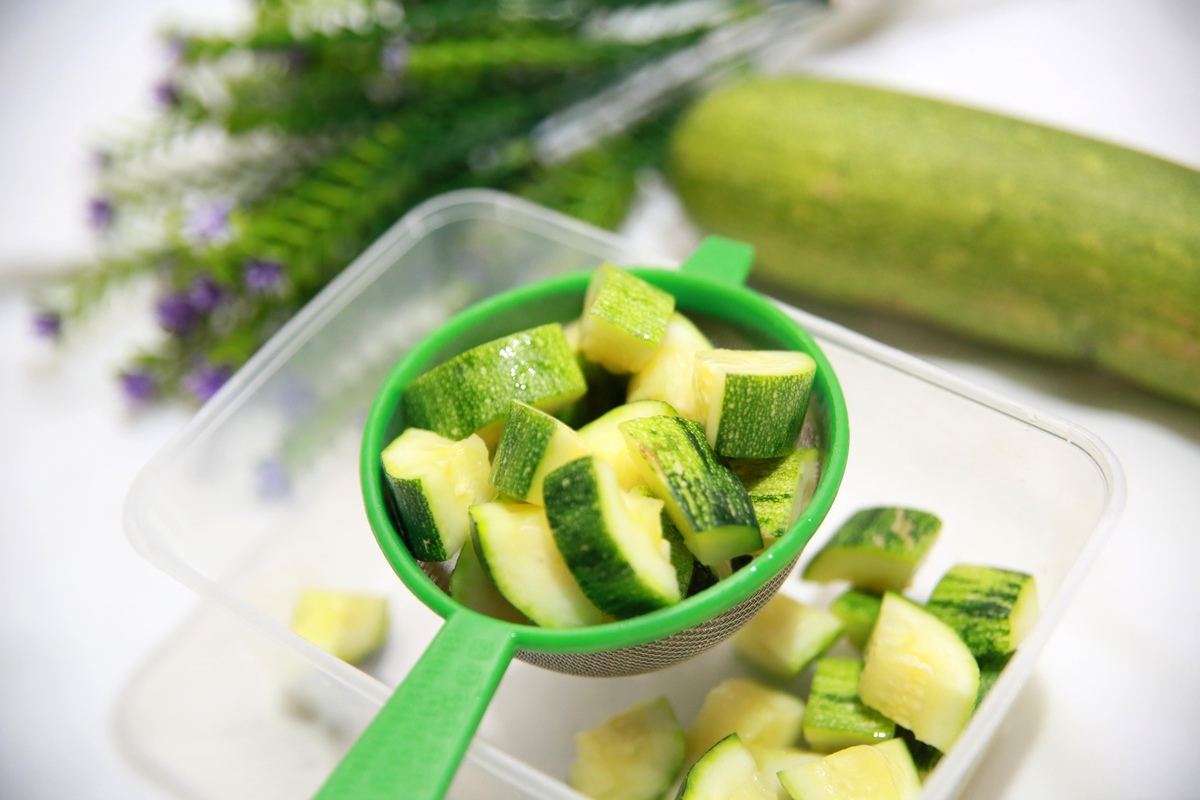

Articles
How To Store Zucchini
Modified: December 7, 2023
Learn effective methods and tips for storing zucchini in this comprehensive articles. Keep your zucchini fresh and flavorful for longer with proper storage techniques.
(Many of the links in this article redirect to a specific reviewed product. Your purchase of these products through affiliate links helps to generate commission for Storables.com, at no extra cost. Learn more)
Introduction
Are you a fan of zucchini? This versatile summer vegetable is not only delicious but also packed with nutrients. Whether you grow your own zucchini or buy it fresh from the store, knowing how to store it properly is essential to prolong its freshness and quality. In this article, we will explore various methods for storing zucchini, including refrigeration, freezing, dehydrating, and even canning. By following these techniques, you can enjoy the taste of zucchini long after the summer season has ended.
Zucchini, also known as courgette, belongs to the same family as cucumbers and melons. It is characterized by its elongated shape and vibrant green color. Zucchini is a popular ingredient in many dishes, from stir-fries and salads to bread and muffins. The mild flavor and tender texture of zucchini make it a versatile and nutritious addition to any meal.
However, zucchini has a relatively short shelf life, especially when kept at room temperature. Without proper storage, it can quickly wilt, become mushy, or develop mold. To preserve its freshness, it’s crucial to choose the right zucchinis, handle them carefully, and store them appropriately.
In this article, we will guide you through the process of selecting zucchinis for storage, preparing them for different storage methods, and share tips on maintaining their freshness for longer periods. Whether you intend to use zucchini in savory dishes, baked goods, or simply enjoy it raw, these tips will help you make the most of this nutritious summer vegetable.
Key Takeaways:
- Store zucchini in the refrigerator by wrapping it in a damp cloth and placing it in the crisper drawer to keep it fresh for up to one week. Avoid overcrowding and check for spoilage regularly.
- Preserve zucchini for long-term enjoyment by freezing, dehydrating, or canning. Each method offers unique benefits, allowing you to enjoy zucchini in various dishes throughout the year.
Read more: How To Store Zucchini
Choosing and Harvesting Zucchini
When it comes to storing zucchini, selecting the right ones and harvesting them at the right time is crucial for maintaining their quality and flavor. Here are some guidelines to follow:
- Choose firm and young zucchini: Look for zucchinis that are firm, glossy, and free from blemishes or soft spots. Young zucchinis are generally more tender and have a sweeter flavor.
- Avoid oversized zucchini: Larger zucchinis tend to have a tougher texture and more developed seeds. It’s best to pick zucchinis that are small to medium-sized for optimal taste and texture.
- Harvest zucchini at the right time: The ideal time to harvest zucchini is when they reach 6-8 inches in length. At this stage, they are tender and flavorful. If left on the plant for too long, they can become oversized and lose their quality.
- Cut rather than twist: When harvesting zucchini, use a sharp knife or shears to cut the stem about an inch above the fruit. Twisting or pulling the zucchini can damage the plant and lead to spoilage.
By selecting zucchinis that are in their prime and harvesting them properly, you are setting the stage for successful storage and long-lasting freshness.
Preparing Zucchini for Storage
Before storing zucchini, it is important to properly prepare them to ensure their longevity. Here are some steps to follow:
- Wash the zucchini: Start by washing the zucchini under cool running water to remove any dirt or debris. Gently rub the skin with your hands or a soft brush to clean the surface.
- Trim the ends: Trim off both ends of the zucchini using a sharp knife. This helps to remove any damaged or bruised areas.
- Optional: Blanching: If you plan to freeze the zucchini, blanching them before freezing can help preserve their color, texture, and flavor. To blanch, bring a large pot of water to a boil and immerse the zucchini in the boiling water for a couple of minutes. Then, transfer them to an ice bath to stop the cooking process. Pat dry before freezing.
- Slice or chop (optional): Depending on your preference and intended use, you can slice or chop the zucchini into desired shapes and sizes. This is particularly useful if you plan to freeze, dehydrate, or can the zucchini.
Once you have prepared the zucchini, make sure to proceed with the appropriate storage method based on your needs. Refrigeration, freezing, dehydrating, and canning are all effective ways to store zucchini and can help you enjoy this versatile vegetable throughout the year.
Storing Zucchini in the Refrigerator
When it comes to storing zucchini in the short term, the refrigerator is your best option. Proper refrigeration can help extend the shelf life of zucchini and keep it fresh for up to one week. Follow these steps to store zucchini in the refrigerator:
- Wrap in a damp cloth: Start by wrapping the zucchini in a clean, damp cloth or paper towel. This helps to maintain the zucchini’s moisture and prevent it from drying out.
- Place in a plastic bag or container: Next, transfer the wrapped zucchini to a perforated plastic bag or a breathable container. The perforations allow for better airflow and prevent excess moisture buildup.
- Store in the crisper drawer: Place the zucchini in the vegetable crisper drawer of your refrigerator. This compartment is designed to maintain a slightly higher humidity level, which is ideal for storing zucchini.
- Avoid overcrowding: Make sure not to overcrowd the zucchini in the refrigerator. Leave some space around each zucchini to allow for proper air circulation.
Remember to check the zucchini periodically and remove any that show signs of spoilage, such as mold or mushiness. Using the refrigerator as a storage option allows for convenient access to zucchini whenever you need it, ensuring that you can incorporate this nutritious vegetable into your meals with ease.
Freezing Zucchini
Freezing zucchini is a great way to preserve this summer vegetable for longer periods. Frozen zucchini can be used in a variety of dishes, such as stir-fries, soups, and baked goods. Here’s how to freeze zucchini:
- Prepare the zucchini: Wash the zucchini thoroughly and trim off the ends. If desired, you can also peel the zucchini, although this is not necessary. Slice or chop the zucchini into preferred shapes and sizes.
- Blanch the zucchini (optional): Blanching the zucchini before freezing can help preserve its color, texture, and flavor. To blanch, bring a large pot of water to a boil and immerse the zucchini in the boiling water for 1-2 minutes. Then, transfer them to an ice bath to cool. Drain well.
- Package for freezing: Place the zucchini slices or chunks into freezer-safe containers, leaving some headspace to allow for expansion. Alternatively, you can use resealable freezer bags. Remove as much air as possible to minimize freezer burn.
- Label and date: Don’t forget to label the containers or bags with the contents and date of freezing. This will help you keep track of their freshness.
- Freeze: Place the containers or bags in the freezer. Make sure to ensure they are placed in a single layer initially to allow them to freeze individually. Once frozen, you can stack them to save space.
Frozen zucchini can be stored in the freezer for up to 3-6 months. When you’re ready to use it, there’s no need to thaw the zucchini. You can directly add the frozen zucchini to your recipes and cook as directed. Freezing zucchini is a convenient way to have this versatile vegetable on hand throughout the year.
Store zucchini in the refrigerator in a perforated plastic bag to maintain freshness. Avoid washing until ready to use to prevent moisture buildup.
Read more: How To Store Zucchini In Freezer
Dehydrating Zucchini
Dehydrating zucchini is an excellent method for preserving this vegetable while creating a versatile and nutritious ingredient for your culinary adventures. Dehydrated zucchini can be used in soups, stews, salads, and even as a healthy snack. Here’s how to dehydrate zucchini:
- Prepare the zucchini: Wash the zucchini thoroughly and trim off the ends. You can choose to peel the zucchini or leave the skin on. Then, slice the zucchini into uniform pieces, approximately 1/8 to 1/4 inch thick. This ensures even drying.
- Blanch the zucchini (optional): Blanching zucchini before dehydrating can help preserve its color and texture. Bring a pot of water to a boil and blanch the zucchini slices for 1-2 minutes. Immediately transfer them to an ice bath to cool and then pat dry.
- Arrange on dehydrator trays: Place the zucchini slices in a single layer on the dehydrator trays, making sure they don’t overlap. This allows for proper airflow and even drying.
- Set the temperature and time: Follow the instructions of your dehydrator to set the temperature and time. Typically, zucchini should be dehydrated at a low temperature, around 125-135°F (52-57°C), for 8-12 hours. Check periodically for doneness.
- Test for dryness: After the recommended drying time, check the zucchini slices to ensure they are completely dry and crisp. They should snap easily without any moisture present.
- Cool and store: Once the zucchini slices are dry, remove them from the dehydrator and let them cool completely. Store them in airtight containers or resealable bags, making sure to label them with the contents and date.
Dehydrated zucchini can be stored in a cool, dry place for up to a year. To rehydrate, soak the zucchini slices in warm water for 10-15 minutes or add them directly to soups or stews during cooking. Dehydrating zucchini not only preserves its flavor but also concentrates its nutritional value, making it a fantastic addition to your pantry.
Canning Zucchini
Canning zucchini is an effective method for preserving this versatile vegetable for long periods. Canned zucchini can be used in a variety of dishes, such as casseroles, soups, and stews. Here’s how you can can zucchini:
- Prepare the zucchini: Start by washing the zucchini thoroughly and trim off the ends. You can choose to peel the zucchini or leave the skin on, depending on your preference. Slice or chop the zucchini into preferred shapes and sizes.
- Prepare your canning equipment: Ensure that your canning jars and lids are clean and in good condition. Sterilize the jars by submerging them in boiling water for a few minutes. Keep the lids and bands in hot (but not boiling) water to soften the seals.
- Fill canning jars: Pack the prepared zucchini into the sterilized jars, leaving about 1 inch of headspace at the top. You can add a pinch of salt or a few spices if desired.
- Prepare the canning liquid: In a separate pot, prepare a canning liquid by combining water, vinegar, and salt. Bring the mixture to a boil.
- Process the jars: Carefully pour the hot canning liquid into the jars, ensuring that all the zucchini is fully submerged. Remove any air bubbles by gently tapping the jars or using a bubble remover tool. Wipe the jar rims clean and place the lids and bands on, tightening them just enough to hold.
- Process the jars in a water bath: Place the jars in a canning pot or a deep pot with a rack. Fill the pot with water, making sure the water level is at least 1 inch above the tops of the jars. Bring the water to a boil and process the jars according to the recommended processing times for your altitude.
- Remove and cool: Once the processing time is complete, carefully remove the jars from the water bath using jar lifters. Place the jars on a towel-lined countertop and allow them to cool completely. As they cool, you may hear the satisfying “pop” of the lids sealing.
- Check the seals and store: After the jars have cooled, check the seals by pressing down on the center of each lid. If the lid springs back, it did not properly seal and should be refrigerated and used within a few days. Label the jars with the contents and date, and store them in a cool, dark place.
Canned zucchini can be stored for up to a year or even longer if canned properly. Ensure that the jars are sealed and store them in a cool, dark location. When ready to use, simply drain the zucchini from the canning liquid and incorporate it into your favorite recipes.
Tips for Maintaining Zucchini’s Freshness
To ensure that your zucchini stays fresh and delicious for as long as possible, follow these tips:
- Store unwashed: Avoid washing zucchini until you are ready to use it. Moisture can encourage spoilage, so keeping it unwashed helps to preserve its freshness.
- Check regularly: Inspect your stored zucchini regularly for any signs of spoilage, such as mold or soft spots. Remove any affected zucchini immediately to prevent it from contaminating the rest.
- Don’t overcrowd: Whether stored in the refrigerator or other storage methods, make sure to provide enough space for air circulation around the zucchini. Overcrowding can lead to faster spoilage.
- Separate from ethylene-producing fruits: Ethylene gas, which is produced by some fruits like apples and bananas, can accelerate the ripening process of zucchini. Keep zucchini separated from these fruits to prevent premature spoilage.
- Store at the right temperature: Zucchini is sensitive to temperature changes. Keep it stored at a temperature of around 45-50°F (7-10°C) to maintain its freshness.
- Use older zucchini first: If you have multiple zucchinis stored, use the oldest ones first to prevent them from spoiling. Rotate your stock to ensure you are using the zucchini before it goes bad.
- Consider preserving methods: If you have a surplus of zucchini, instead of letting it go to waste, explore different preservation methods like freezing, canning, or dehydrating. These methods will allow you to enjoy zucchini all year round.
By following these tips, you can maximize the freshness and quality of your zucchini, ensuring that it lasts longer and remains delicious for use in various recipes.
Conclusion
Zucchini is a versatile and nutritious vegetable that can be enjoyed in a variety of dishes. Knowing how to store zucchini properly is essential to maintain its freshness and quality. Whether you grow your own zucchini or purchase it from the store, implementing the right storage methods can help you enjoy this summer vegetable well beyond its season.
In this article, we explored different ways to store zucchini, including refrigeration, freezing, dehydrating, and canning. Each method offers its own benefits and allows you to preserve zucchini in a way that suits your needs and preferences.
When it comes to short-term storage, refrigeration is key. By wrapping zucchini in a damp cloth, placing it in a plastic bag or container, and storing it in the refrigerator’s crisper drawer, you can prolong its freshness for up to one week.
If you have a surplus of zucchini, freezing or dehydrating it is an ideal way to preserve its texture and flavor. Freezing zucchini involves blanching it, slicing or chopping it into desired shapes, and packaging it for freezer storage. Dehydrating zucchini requires slicing it, blanching if desired, arranging it on dehydrator trays, and processing it until fully dried.
For long-term storage, canning zucchini is a fantastic option. By preparing the zucchini, filling canning jars, adding a canning liquid, and processing the jars in a water bath, you can enjoy canned zucchini for up to a year or possibly longer.
Lastly, we shared some tips for maintaining zucchini’s freshness, such as storing it unwashed, checking regularly for spoilage, and providing proper air circulation. By following these guidelines, you can extend the shelf life of your zucchini and minimize waste.
With these storage methods and tips in mind, you can make the most of the zucchini harvest and enjoy its deliciousness throughout the year. So go ahead, stock up on zucchini, and let its versatility and flavor shine in your favorite recipes!
Frequently Asked Questions about How To Store Zucchini
Was this page helpful?
At Storables.com, we guarantee accurate and reliable information. Our content, validated by Expert Board Contributors, is crafted following stringent Editorial Policies. We're committed to providing you with well-researched, expert-backed insights for all your informational needs.
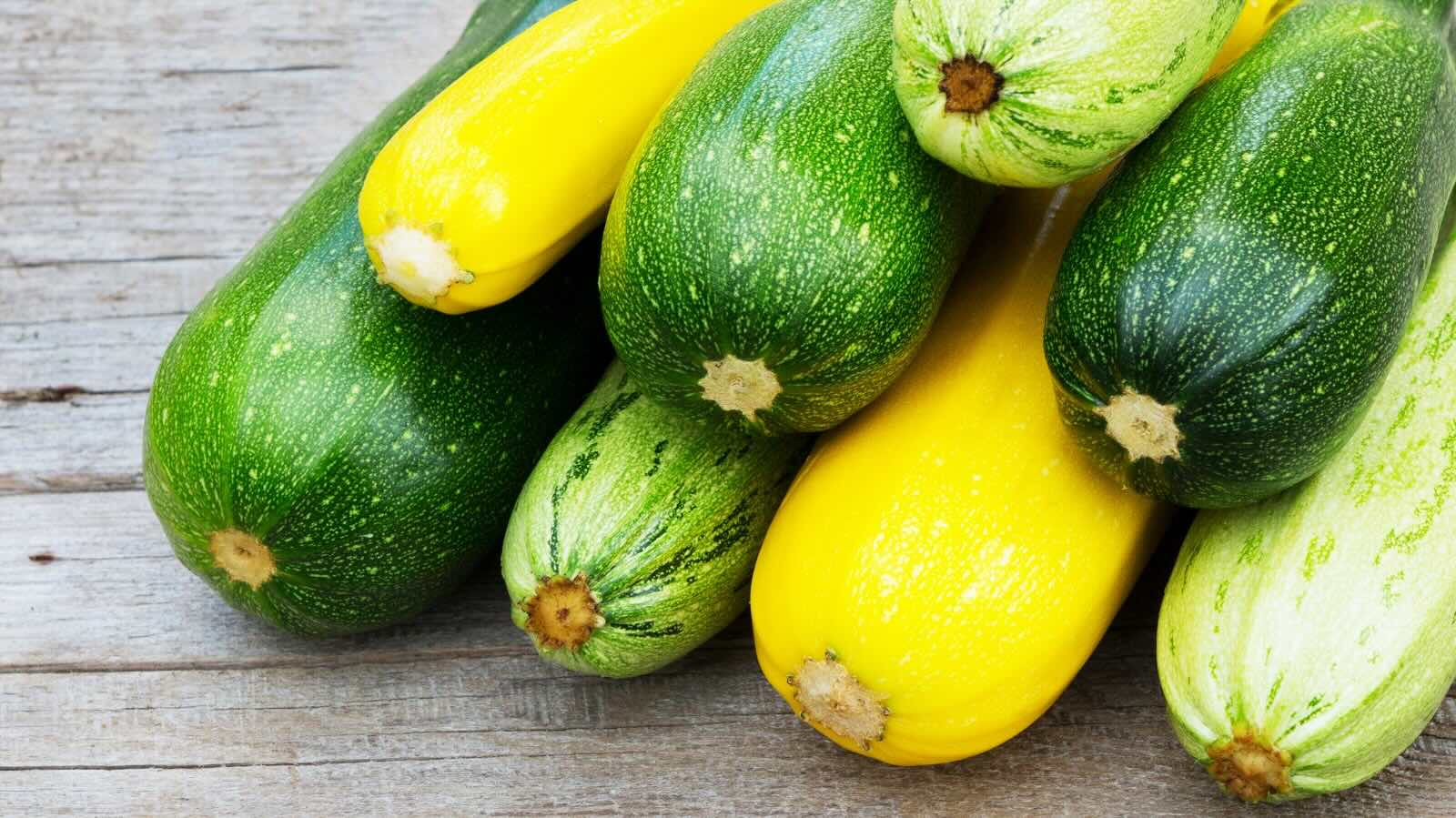
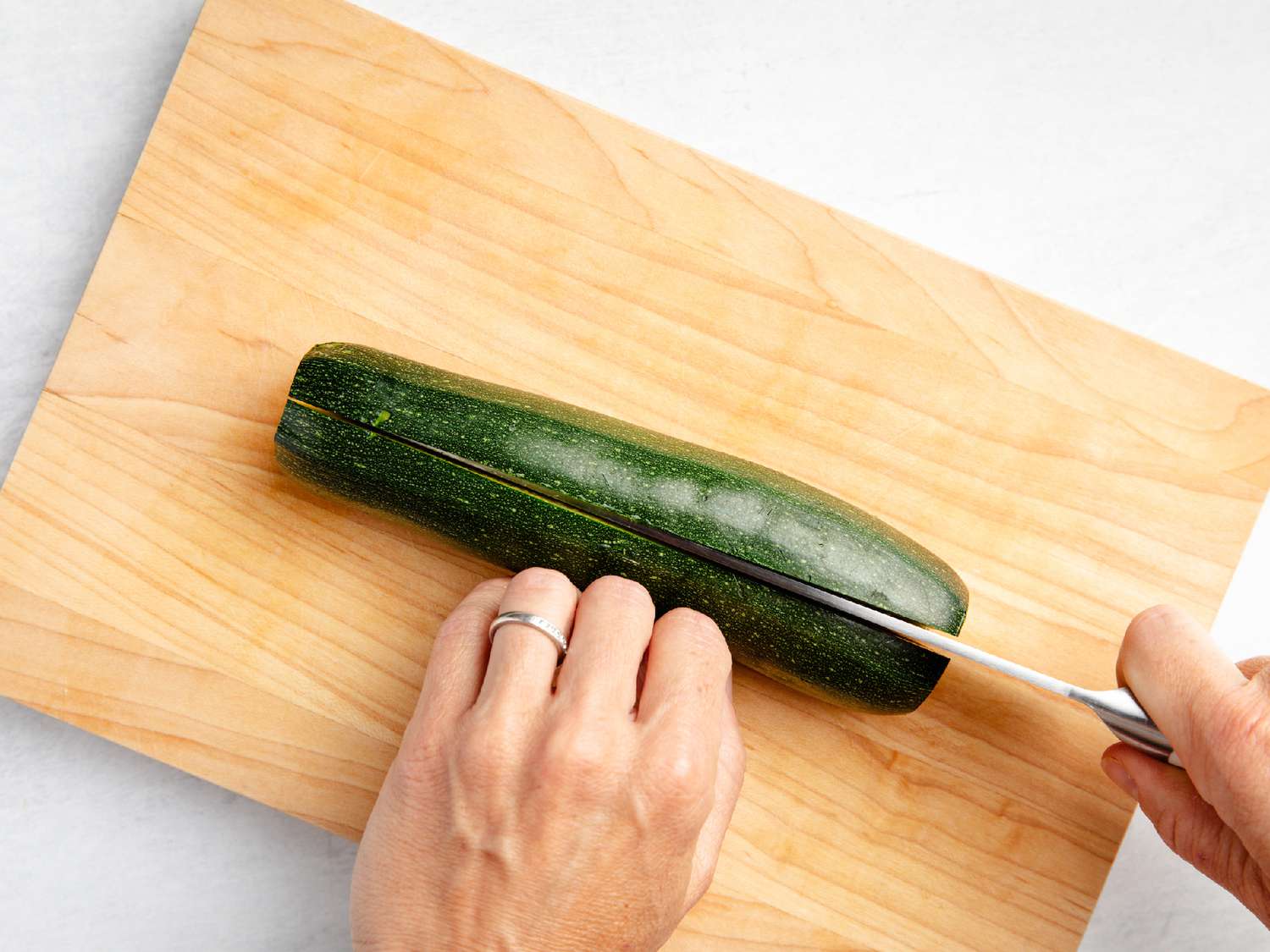
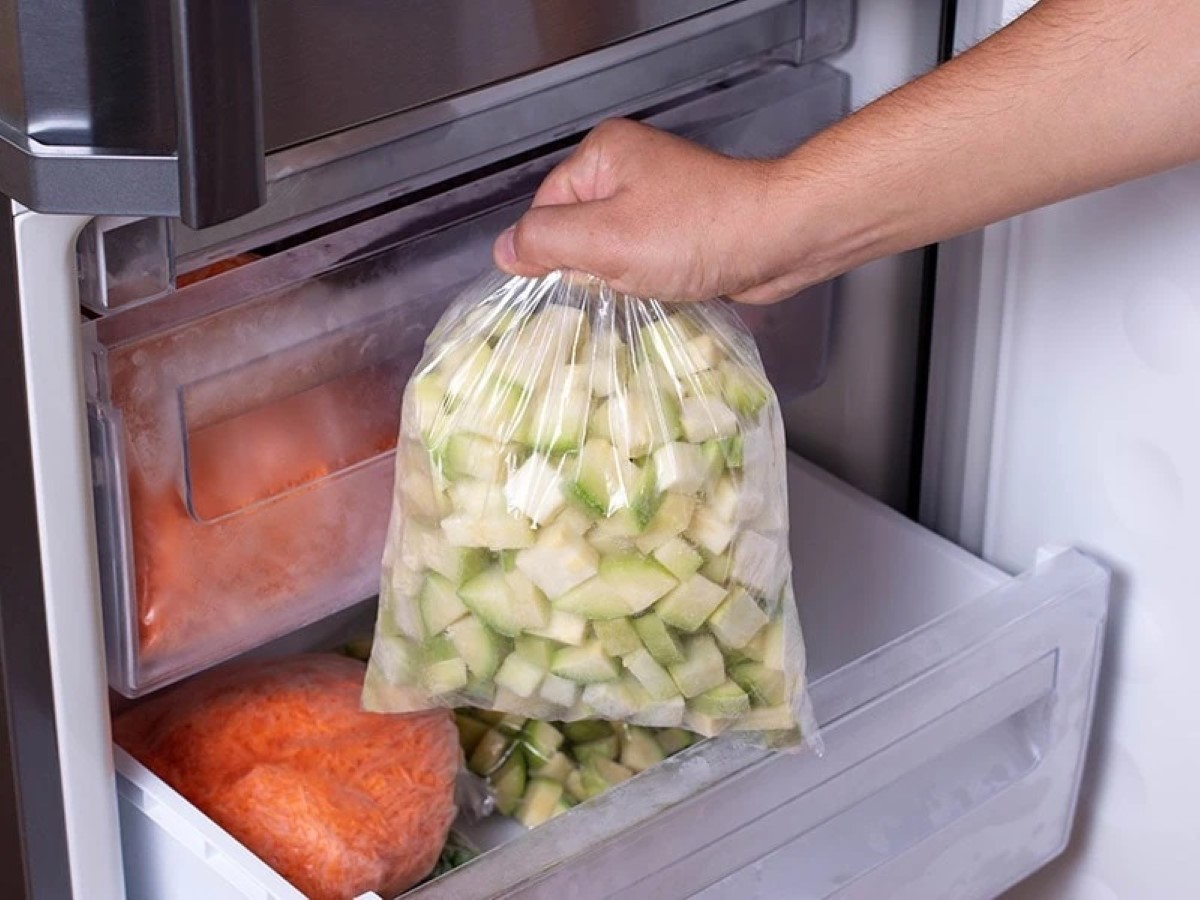
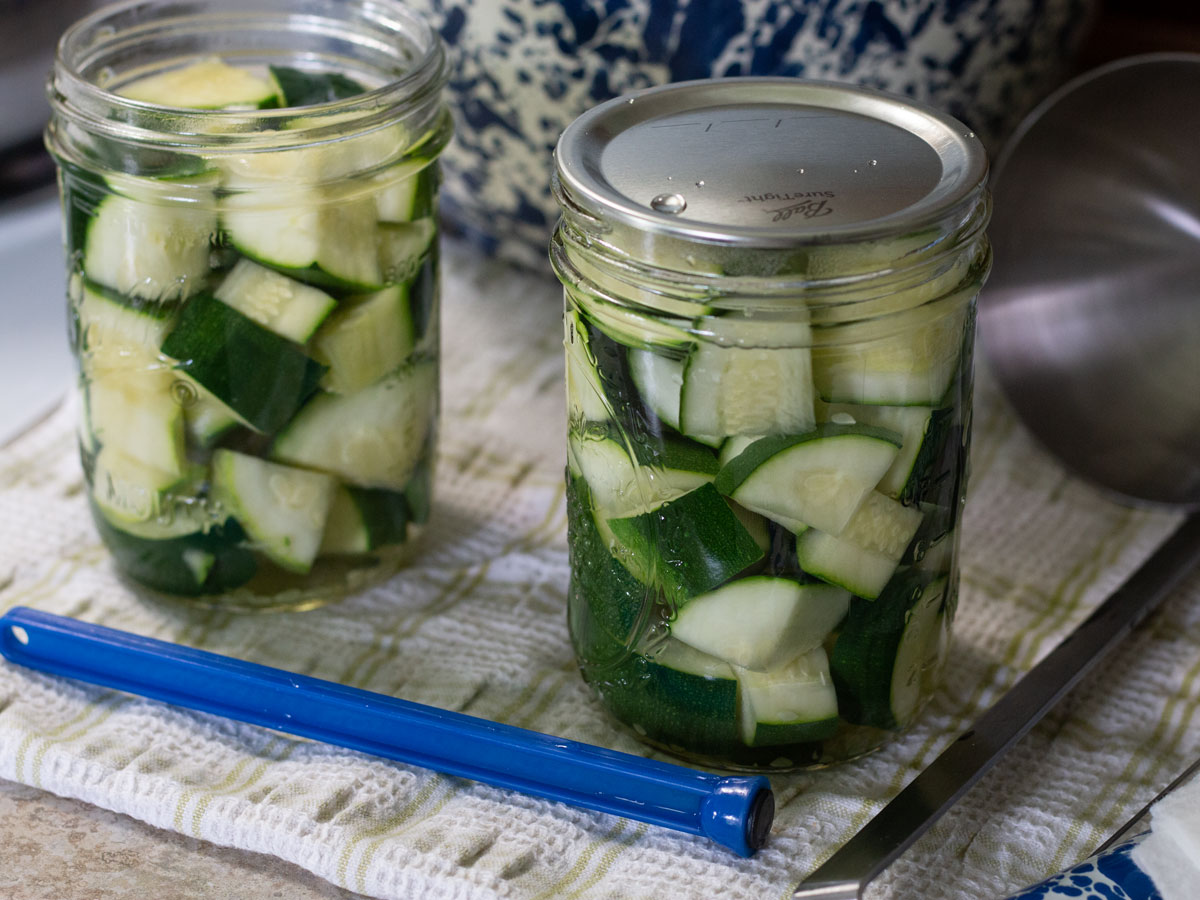

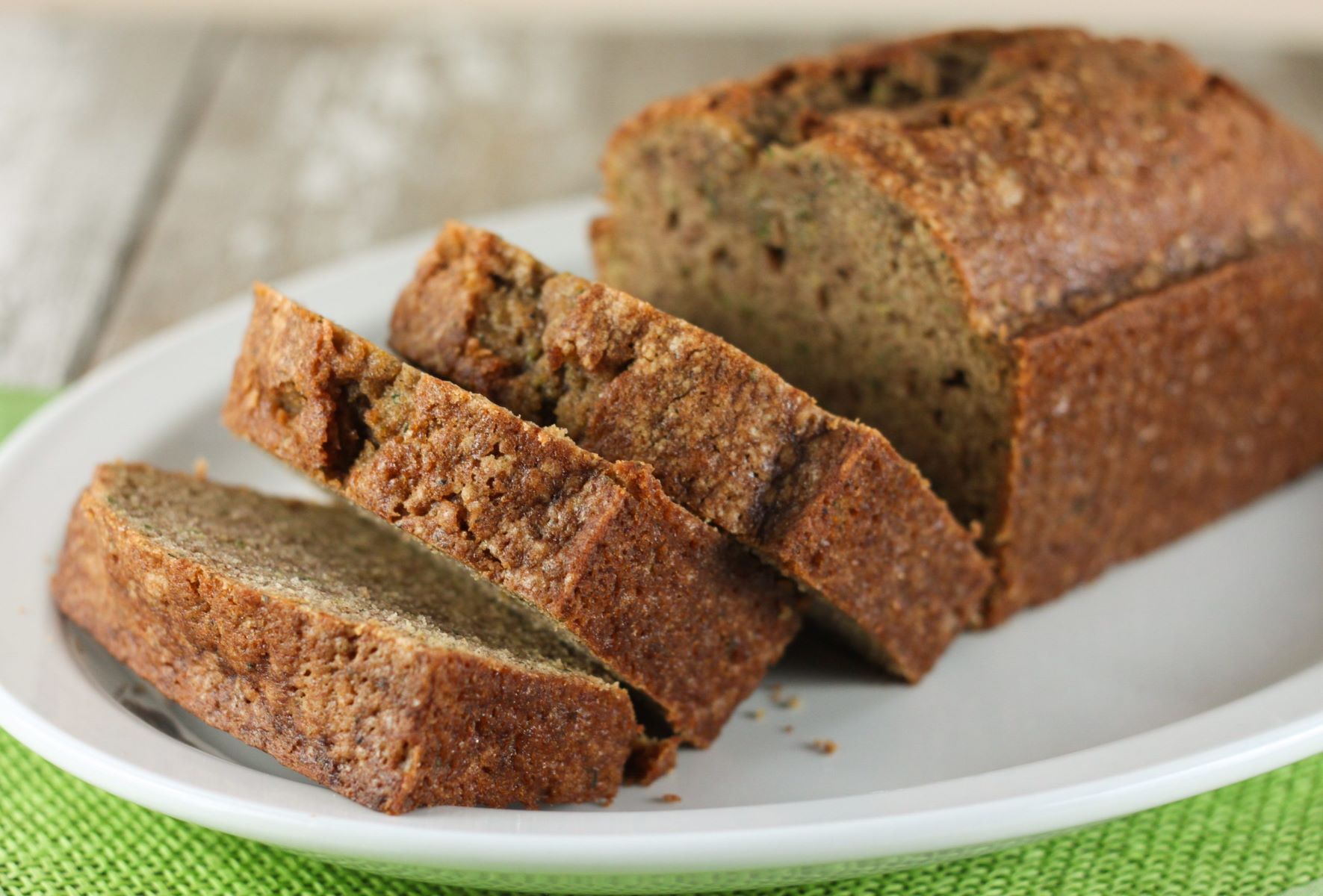
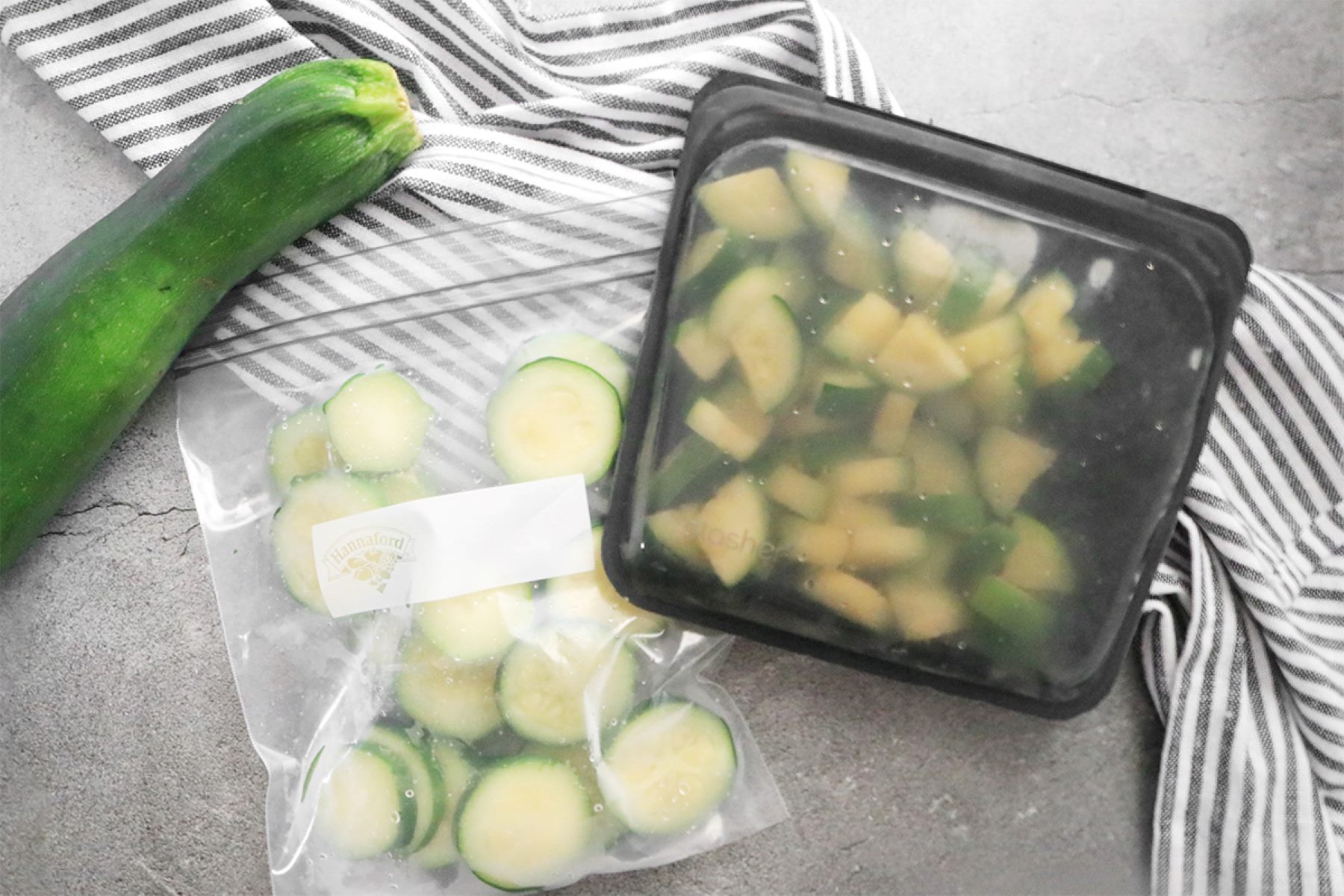
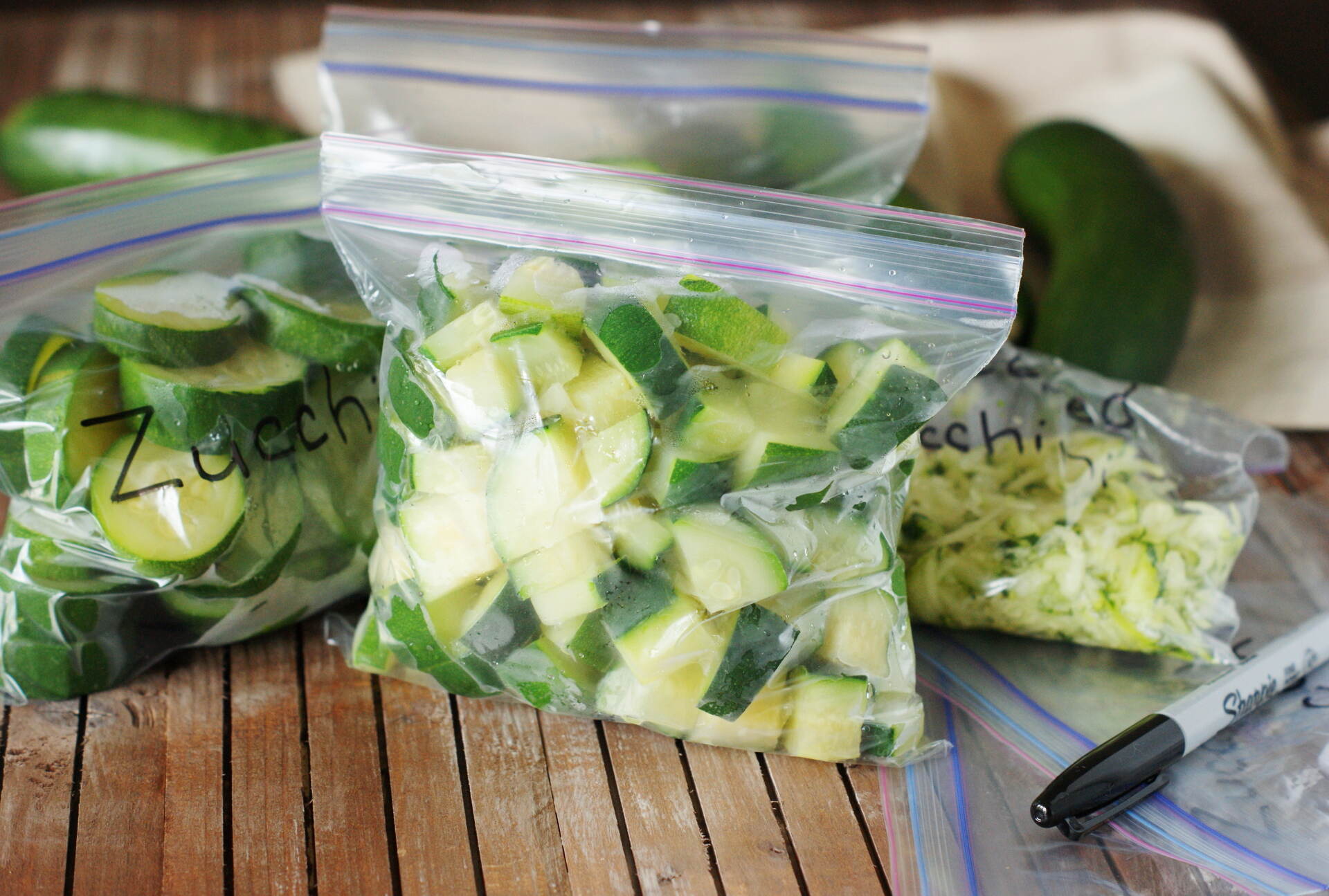
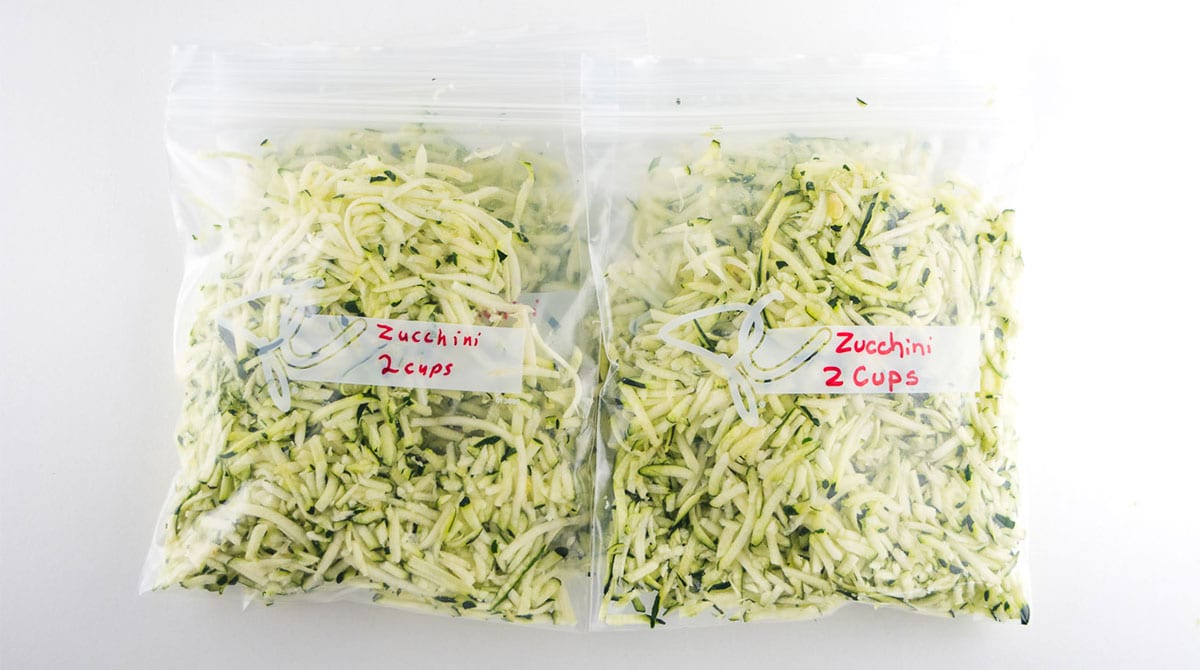
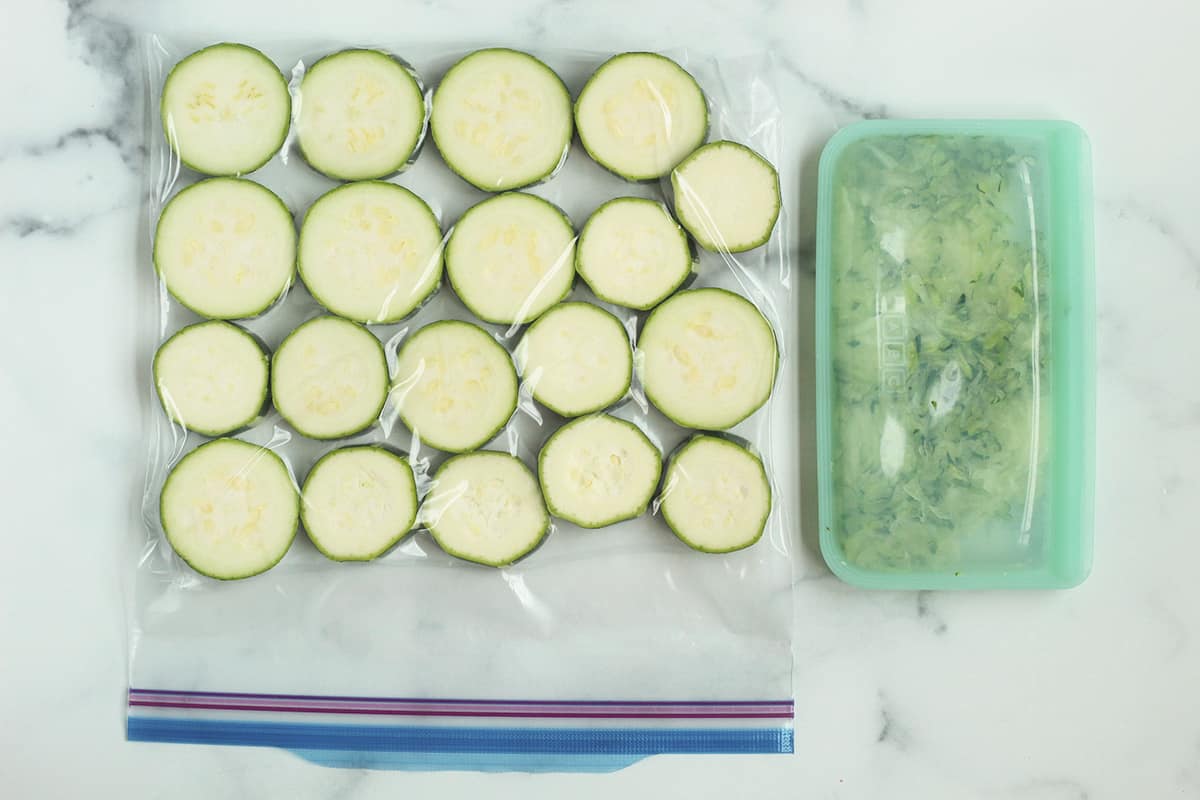

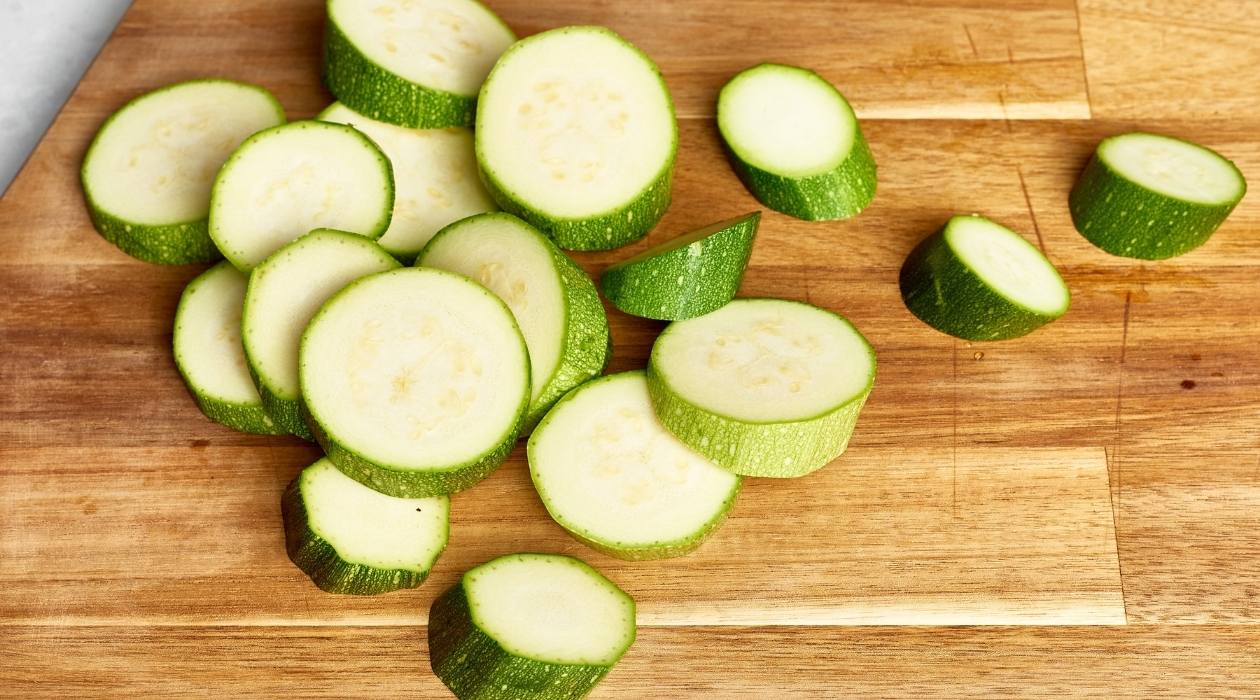

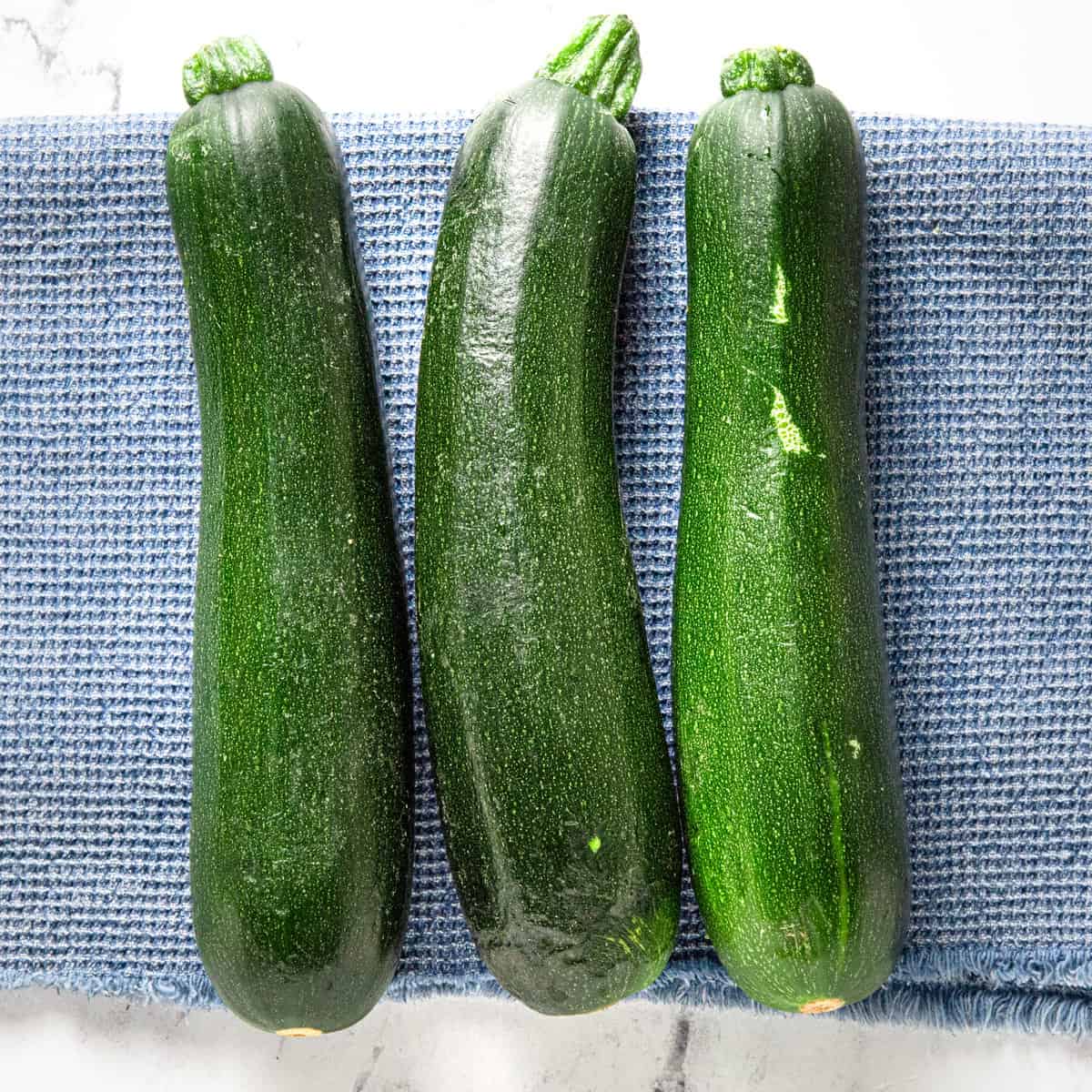

0 thoughts on “How To Store Zucchini”